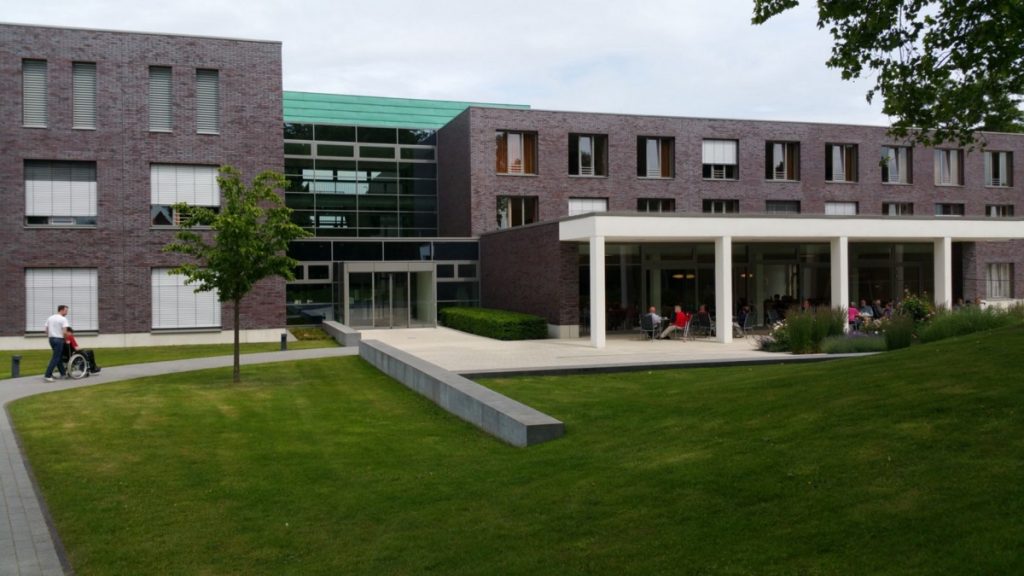When mass production gained popularity around a century ago, it encouraged society to throw away old and unwanted items rather than recycle them. The situation contributed to the throw-away culture in the United States, which increased the amount of waste that the country produces every year.
And with every American producing around five pounds of waste per day, society needs to start moving towards environment-friendly practices before it’s too late. It’s easy to reduce, reuse, and recycle at home. On the other hand, medical facilities will find it challenging to do the same thing. But it offers many benefits for these facilities if they focus on protecting the environment when they do business.
Medical facilities can also use their eco-friendly approach to connect with potential clients. They can work with healthcare PR companies to promote their shift to expand their reach in the market. Working with these companies will increase brand awareness in the market. It will also allow medical facilities to connect with eco-conscious clients.
Here are the ways medical facilities can protect the environment while offering their services in the market.
Reduce Paper Use by Going Digital
Going digital allows medical facilities to reduce their use of paper. The industry produces around two billion pounds of paper waste every year. This amount of waste represents a considerable contribution to the volume of waste in landfills across the country. To reduce this waste, medical facilities should start using digital technology for their medical records.
They should also start using electronic health records (EHRs). Using EHRs makes it easier for doctors, nurses, and other health stakeholders to review the records of their patients. It also facilitates updating the records since the doctors do not have to print paper records for their patients. They only need to update patient information on the system.

Shift Towards Better Energy Efficiency
Medical facilities use a lot of energy, especially when these facilities have huge medical equipment that uses a lot of power. Due to this, medical facilities should explore the possibility of using alternative energy sources to reduce their dependence on power plants that use fossil fuels.
And one way for these facilities to accomplish this is by using combined heat and power (CHP) technology. The technology can meet the energy needs of a medical facility and allow it to operate without depending on the power grid. It is also efficient and uses less fuel compared to conventional power sources. And since it uses less fuel, the technology allows medical facilities to reduce their carbon footprint since it emits a lower volume of greenhouse gases.
Aside from using an alternative energy source, medical facilities should also work towards energy efficiency by using Energy Star-certified equipment. This means they should install low-flow water fixtures, energy-efficient ceiling fans, and lights with motion sensors. Additionally, they should ensure the proper sealing of all windows and doors to prevent cold or hot air from leaking.
Improving the ventilation and insulation of the building is also important for energy efficiency in medical facilities. Medical facilities should also install large windows to provide natural lighting and warmth inside the building.
Use Eco-Friendly Materials
When it comes to supplies medical facilities cannot live without, they should look for eco-friendly materials. If it’s necessary to use paper records, they should use recycled paper. They should also use pens and pencils made of recycled materials. And with the pandemic still not yet over, medical facilities should provide biodegradable soaps for their staff and patients to use to wash their hands. Recycled paper towels should also be available for them to use.
Conserve Water
Conserving water is another way for medical facilities to protect the environment in their daily operations. This is important since medical facilities use a lot of water. Among the equipment that uses water in medical facilities are refrigeration and HVAC units.
When these facilities conserve water, they reduce their water bills and the cost of using their equipment. To conserve water, they should use low-flow faucets and showerheads. Medical facilities should also check all their water pipes for leaks and repair them as soon as possible. Using efficient refrigeration and HVAC systems also helps in their water conservation efforts.
Medical facilities should also replace outdated pump systems with modern ones that facilitate water conservation. Implementing water conservation measures in the facility is also important. One measure that medical facilities can use is harvesting rainwater that they can use for non-drinking purposes. Adopting water conservation measures allows medical facilities to reduce water use and save money in the long run.
Implementing eco-friendly practices allows medical facilities to contribute to the protection of the environment while staying profitable.

